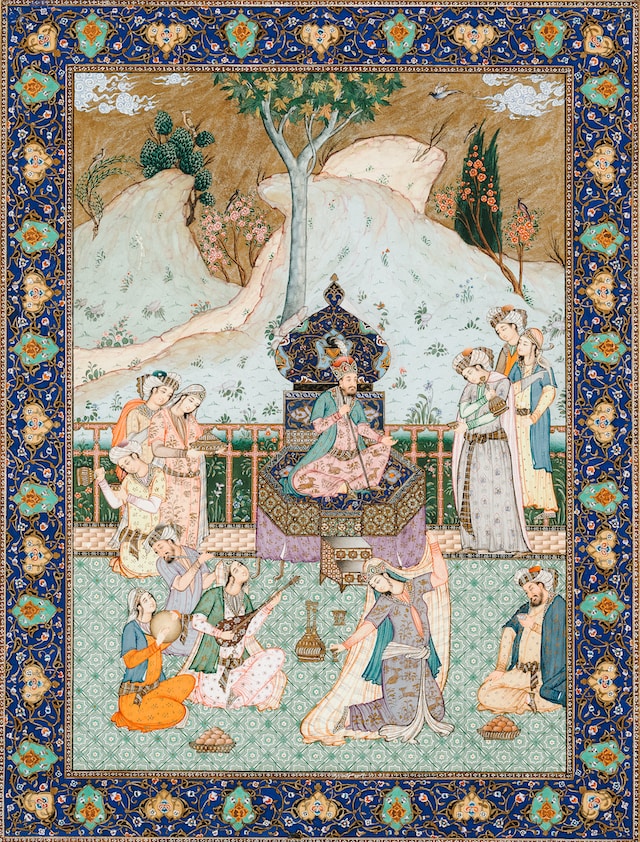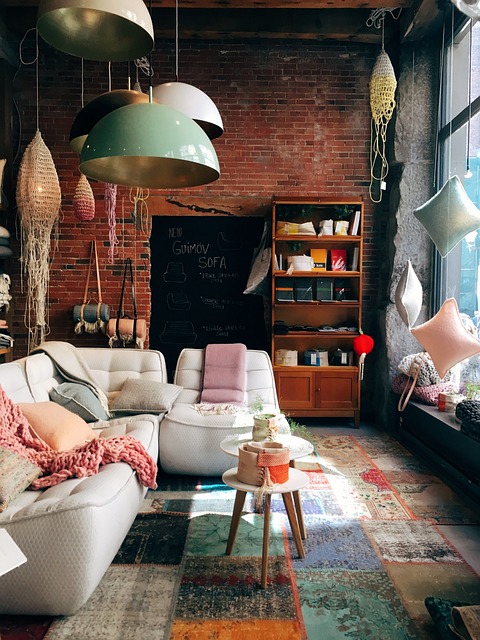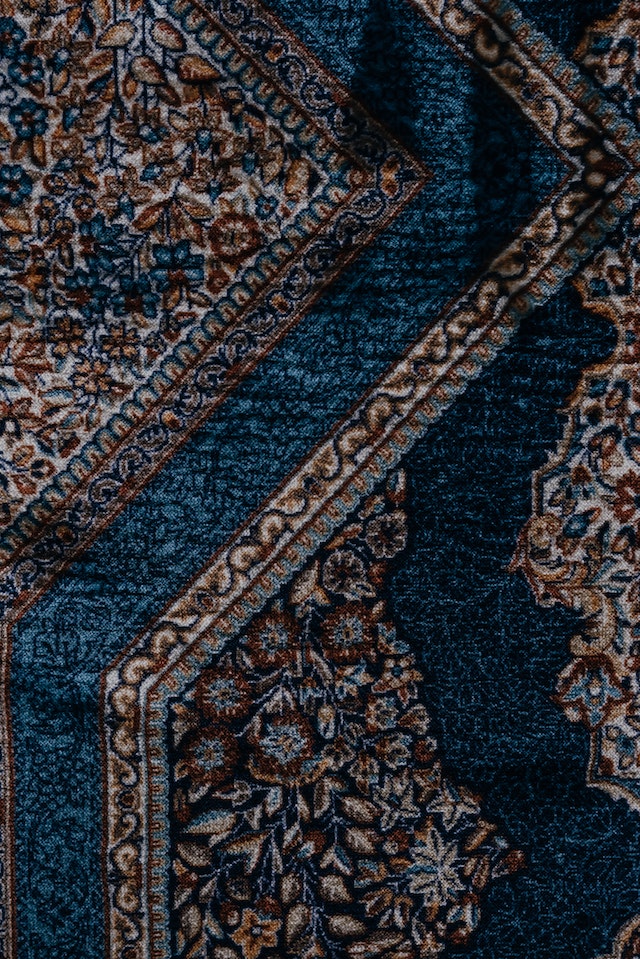south western style rugs
History and Origins of Southwestern Style Rugs
The history and origins of Southwestern style rugs trace back to the rich cultural heritage of Native American tribes. These distinctive rugs showcase a unique blend of traditional designs, vibrant colors, and intricate patterns that have captivated the world.
The Southwest region of the United States, including states like Arizona, New Mexico, and Colorado, has long been home to various Native American communities. These indigenous peoples have an ancient tradition of weaving textiles using natural materials such as wool and cotton.
The artistry behind Southwestern style rugs can be attributed to the Navajo tribe, who are renowned for their exceptional craftsmanship. The Navajo people began weaving rugs in the late 17th century when they acquired sheep from Spanish settlers. They adapted their weaving techniques to incorporate wool into their textiles, resulting in durable and warm rugs.
Initially, Southwestern style rugs served practical purposes within tribal communities. They were used as blankets, saddle blankets, and floor coverings to provide warmth during harsh winters. Over time, these functional items transformed into highly sought-after works of art due to their aesthetic appeal and cultural significance.
Each Southwestern rug is a testament to the creativity and skill of its weaver. The designs often feature geometric motifs inspired by elements found in nature or symbolic representations of spiritual beliefs. Earthy tones like reds, browns, yellows, and blues dominate these rugs' color palette – mirroring the landscapes that surround Native American communities.
As European settlers made contact with Native American tribes in the Southwest during the 19th century, they recognized the beauty and value of these woven treasures. The demand for Southwestern style rugs grew exponentially as collectors worldwide appreciated their timeless allure.
Today, Southwestern style rugs continue to be cherished as both decorative pieces for homes and symbols of Native American culture. Many artisans carry on this ancestral craft while adding contemporary touches to cater to modern tastes.
In conclusion, understanding the history and origins of Southwestern style rugs provides a glimpse into the rich cultural heritage of Native American tribes in the Southwest. These rugs, with their intricate designs and vibrant colors, are not only beautiful but also carry deep cultural significance. They serve as a testament to the skill and creativity of indigenous artisans who have shaped the world of textile art.
area rugs with matching pillows



